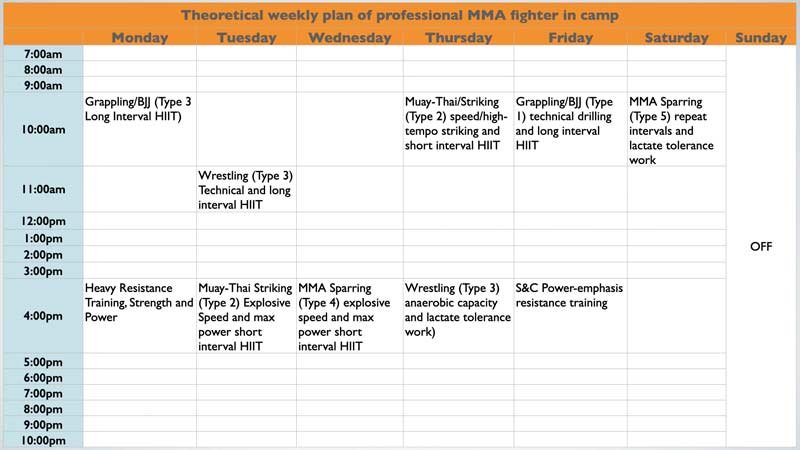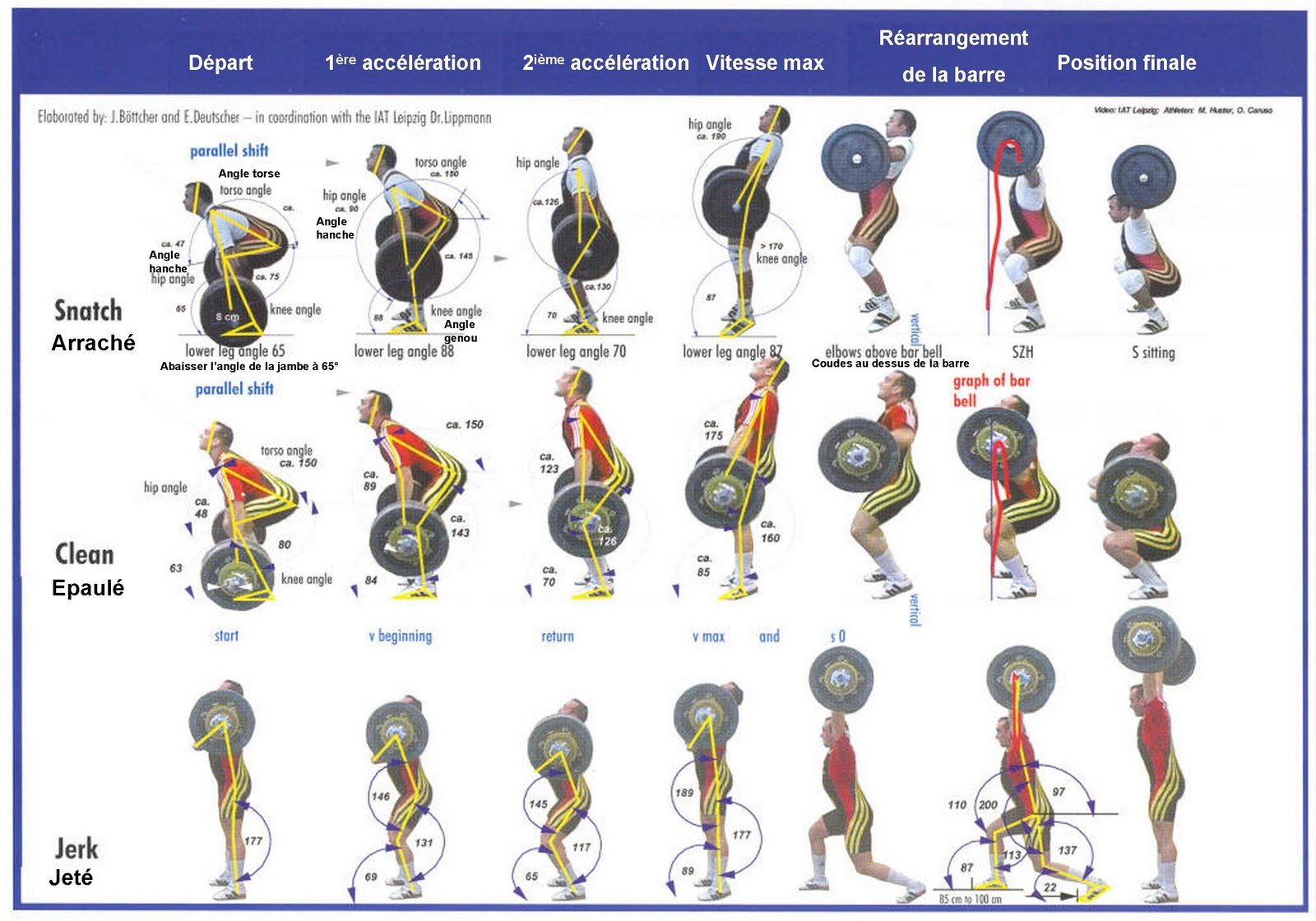Are you a fan of mixed martial arts (MMA) and want to improve your conditioning for the sport? Look no further! This article will guide you on how to create a personalized MMA conditioning program that will take your training to the next level. Whether you are a beginner or an experienced athlete, this comprehensive guide will provide you with valuable insights and tips to help you optimize your performance in the octagon. Get ready to unleash your full potential and dominate your opponents with a tailored conditioning program designed specifically for you.
Understanding MMA Conditioning
What is MMA conditioning?
MMA conditioning refers to the training and preparation of mixed martial artists to enhance their physical fitness and performance in the sport. It involves a combination of cardiovascular fitness, strength and power training, explosiveness and agility exercises, flexibility and mobility work, as well as proper nutrition and hydration. MMA conditioning is crucial for fighters to meet the physical demands of the sport, which requires a balance of endurance, strength, power, agility, and quickness.
Why is personalized conditioning important in MMA?
Personalized conditioning is essential in MMA because every fighter has unique strengths, weaknesses, and goals. Tailoring the conditioning program to an individual’s specific needs allows them to maximize their potential and address any limitations they may have. A personalized approach takes into consideration factors such as age, weight class, previous injuries, skill level, and competition schedule. By designing a program that aligns with each fighter’s abilities and objectives, their overall performance and ability to withstand the rigors of training and fighting can be significantly improved.
Key factors to consider in MMA conditioning
There are several key factors that should be considered when developing an effective MMA conditioning program:
-
Sport-specific demands: Understanding the physical requirements of MMA, such as the need for cardiovascular endurance, explosive power, agility, and flexibility, is crucial in designing an appropriate conditioning program.
-
Individual goals: Identifying specific goals, whether it be improving overall fitness, increasing strength and power, enhancing endurance, or targeting specific areas for improvement, allows for a more focused and effective program.
-
Assessment of current fitness level: Conducting a thorough fitness assessment helps determine the fighter’s baseline fitness level and identify strengths and weaknesses that need to be addressed.
-
Periodization: Utilizing a periodized training plan allows for structured progression and avoids overtraining or plateauing. Dividing the training into specific phases and allocating time for skill development ensures a comprehensive and well-rounded program.
-
Proper nutrition and hydration: Adequate nutrition and hydration play a vital role in optimizing performance and recovery. Determining macronutrient needs, creating a balanced meal plan, and implementing proper hydration strategies are essential components of an MMA conditioning program.
-
Injury prevention and recovery: Implementing injury prevention exercises, including rest and recovery days, and utilizing active recovery methods help minimize the risk of injuries and promote optimal performance throughout the training process.
-
Monitoring progress and adjusting the program: Regularly tracking workouts and performance allows for ongoing evaluation and adjustment of the program based on progress. Seeking guidance from coaches and trainers ensures the program remains effective and aligns with the fighter’s goals.
By taking into account these key factors, a personalized MMA conditioning program can be developed to enhance the fighter’s performance and overall fitness.

Setting Goals and Assessing Current Fitness Level
Identifying specific goals
One of the first steps in creating a personalized MMA conditioning program is identifying specific goals. These goals can vary from fighter to fighter and may include improving overall fitness, increasing strength and power, enhancing endurance, or targeting specific areas of weakness. By establishing clear and measurable goals, it becomes easier to design a program that addresses these objectives effectively.
Conducting a fitness assessment
Conducting a comprehensive fitness assessment is essential to gain insights into the fighter’s current fitness level. This assessment typically includes measurements of strength, endurance, flexibility, and body composition. It can be conducted through various tests and evaluations, such as a one-rep max strength test, a timed run, a flexibility test, and a body fat percentage measurement. This assessment provides valuable information that helps determine the starting point for the conditioning program and helps track progress over time.
Determining strengths and weaknesses
Identifying the fighter’s strengths and weaknesses is crucial in addressing any limitations and creating a well-rounded conditioning program. By understanding their strengths, these areas can be maintained and further developed, while weaknesses can be targeted for improvement. For example, if a fighter has excellent cardiovascular endurance but lacks strength and power, the program can focus on incorporating strength training exercises to address this weakness.
Establishing baseline measurements
Establishing baseline measurements during the fitness assessment serves as a starting point for the conditioning program. These measurements allow for progress tracking and evaluation of the effectiveness of the training methods. Baseline measurements can include body weight, body fat percentage, strength benchmarks, endurance test results, and flexibility measurements. Regularly revisiting these measurements throughout the program provides a clear picture of progress and helps adjust the program accordingly.
By setting specific goals, conducting a fitness assessment, identifying strengths and weaknesses, and establishing baseline measurements, a personalized MMA conditioning program can be tailored to the fighter’s individual needs and objectives.


